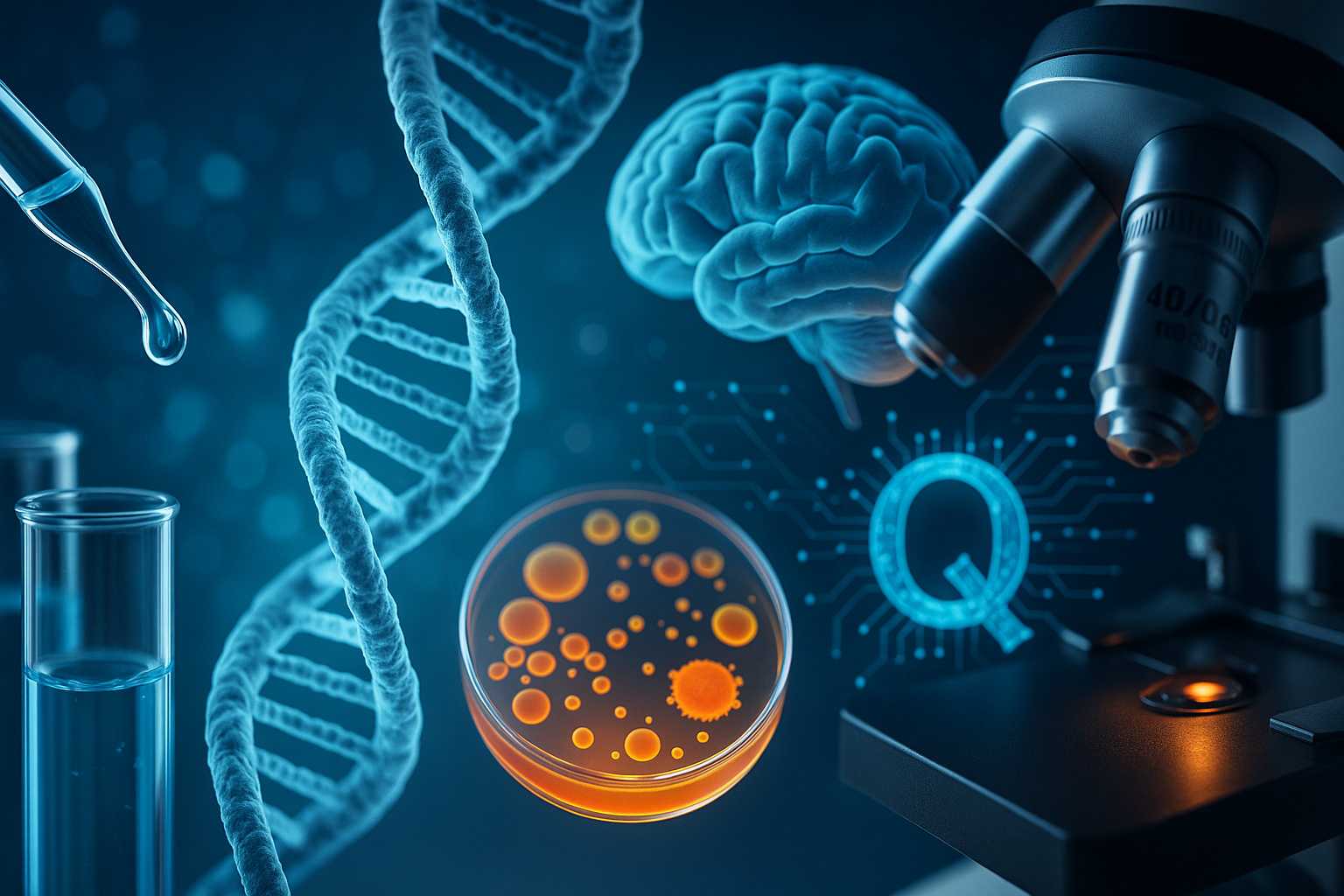Every year, science pushes boundaries in ways that textbooks can’t keep up with. From breakthroughs in medicine to astonishing discoveries in physics, the gap between research labs and classrooms continues to grow. The following list uncovers recent, peer-reviewed studies that are reshaping our understanding of the world. They are so fresh that they haven’t yet made their way into mainstream educational materials, but they are already influencing real-world applications and sparking new discussions across multiple disciplines.
1. CRISPR Used to Reverse Genetic Deafness

Scientists at the Broad Institute have successfully used CRISPR gene editing to partially restore hearing in mice with a genetic form of deafness. This advancement, published in Nature Medicine, shows immense potential for treating congenital hearing loss in humans.
Unlike traditional therapies, which only amplify sound, this approach directly repairs the defective gene responsible for hearing impairment. While still in preclinical stages, this breakthrough is a promising step toward curing genetic deafness. Comparisons to early trials of gene therapy for vision loss highlight the potential of similar transformative outcomes.
2. Blood Test Predicts Alzheimer’s 20 Years Early

A 2025 study in The Lancet Neurology revealed a simple blood test that can detect key protein markers for Alzheimer’s disease up to two decades before symptoms manifest. This is groundbreaking because Alzheimer’s has long been diagnosed only after cognitive decline is apparent.
Early detection allows for interventions, lifestyle adjustments, and potential use of experimental therapies. If validated in large-scale trials, this test could redefine how clinicians approach neurodegenerative diseases, similar to how mammograms transformed breast cancer screening. (source)
3. Synthetic Spider Silk Stronger Than Kevlar

Engineers at Washington University have created bioengineered spider silk fibers that surpass Kevlar in strength and flexibility. By harnessing synthetic biology and microbial fermentation, they developed a material that mimics natural silk proteins but is mass-producible. This could revolutionize industries from defense to medical sutures, where ultra-strong, lightweight, and biocompatible materials are invaluable. Its potential applications rival those of carbon fiber, offering durability without environmental drawbacks. (source)
4. AI Predicts Protein Folding in Seconds
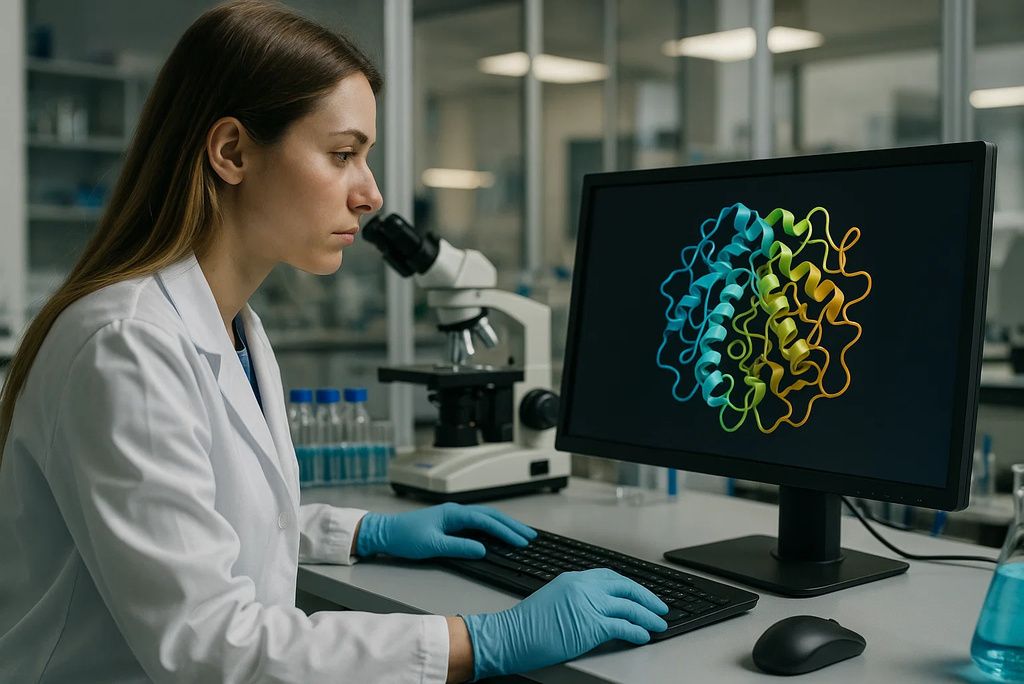
Building on DeepMind’s AlphaFold, a new algorithm developed at MIT can predict complex protein structures in mere seconds. This rapid processing could accelerate drug discovery, enzyme design, and understanding of disease mechanisms. Whereas AlphaFold transformed structural biology, this improvement significantly boosts speed and scalability, opening the door to personalized medicine at unprecedented rates. Imagine designing patient-specific treatments in a fraction of the time currently required. (source)
5. Lab-Grown Human Kidneys Now Function in Mice
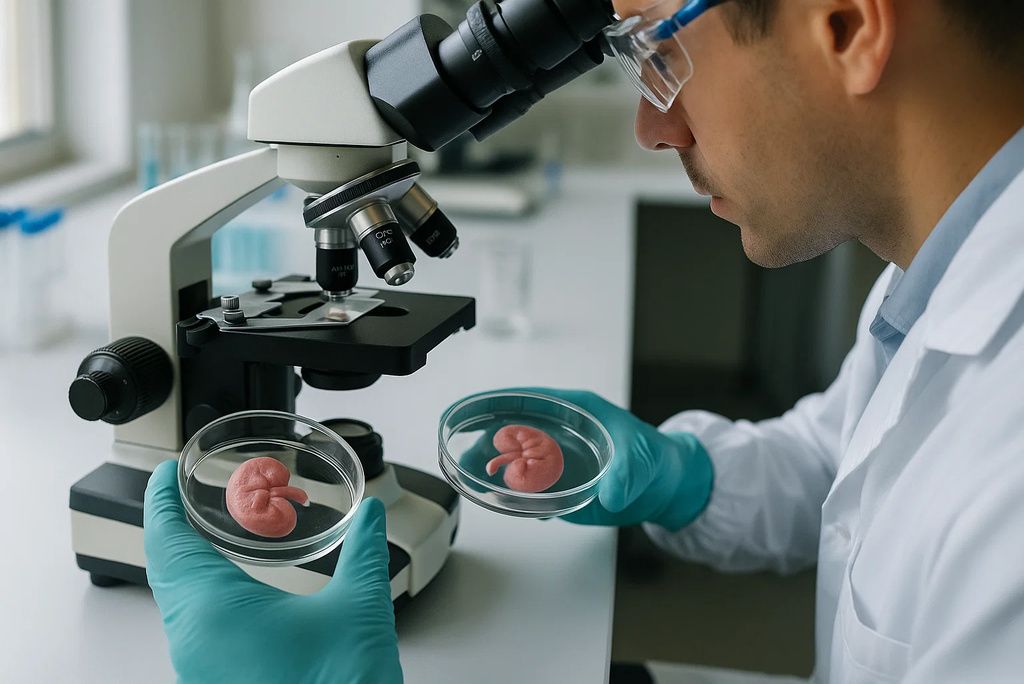
Researchers at Harvard’s Wyss Institute have successfully grown mini human kidneys that function when transplanted into mice. This advancement brings regenerative medicine closer to solving the organ donor shortage. By growing organs from patient-derived cells, this approach could also minimize transplant rejection. While full-sized organs for human use are years away, these findings mark a leap forward comparable to early stages of lab-grown heart tissue research. (source)
6. Dark Matter May Interact More Than We Thought

New results from the XENONnT experiment in Italy suggest that dark matter particles could interact weakly with each other. This challenges decades of assumptions that dark matter is completely non-interacting, potentially rewriting our understanding of galaxy formation. The data, though preliminary, could influence the next generation of dark matter detection experiments and alter astrophysical models that explain cosmic structure evolution. (source)
7. CRISPR Used in Living Patients to Lower Cholesterol
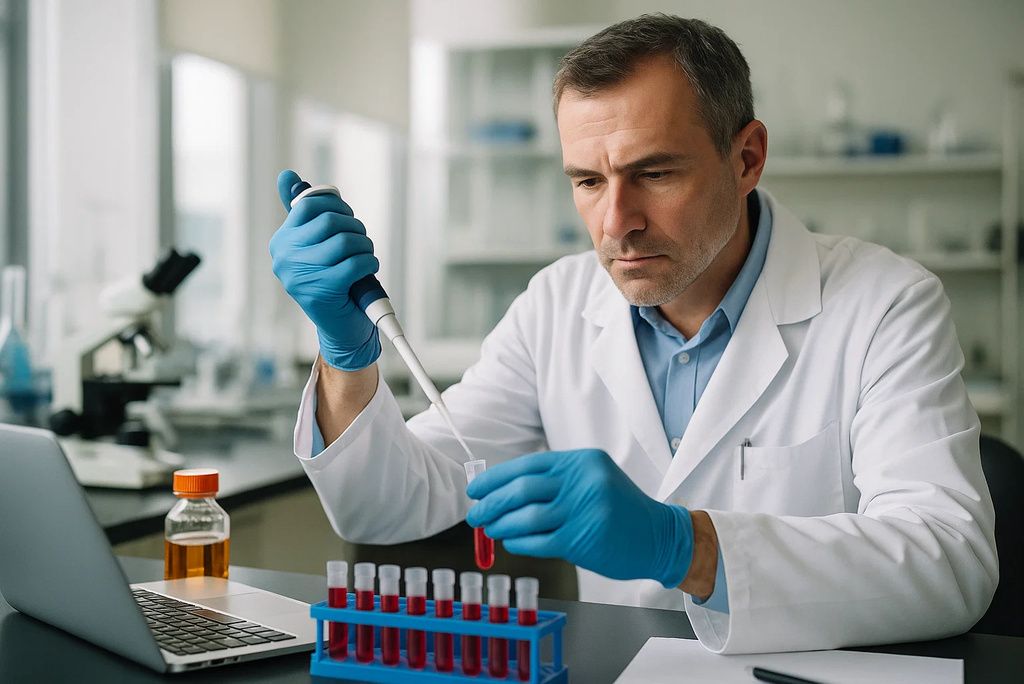
For the first time, scientists used in vivo CRISPR editing to reduce cholesterol in living patients with genetic hypercholesterolemia. The treatment permanently altered liver cells to lower LDL cholesterol, reducing cardiovascular risk. Unlike conventional statins, which require lifelong use, this therapy offers a one-time intervention with lasting effects. This marks a milestone similar to early gene therapy trials for hemophilia. (source)
8. Evidence of Room-Temperature Superconductivity
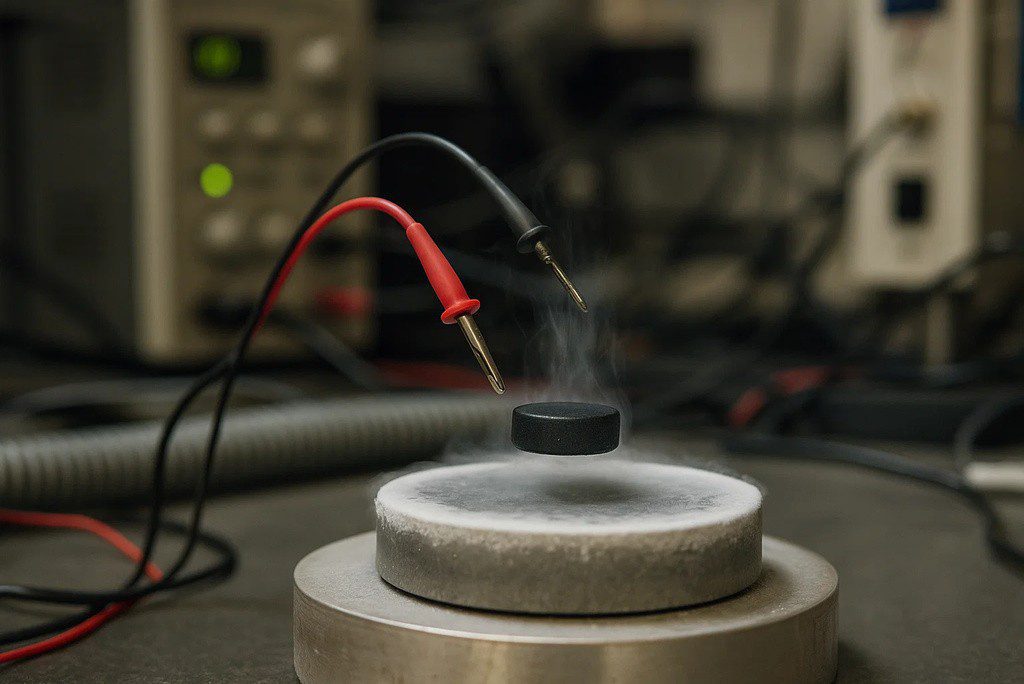
Researchers in South Korea claim to have synthesized a material, LK-99, that shows superconductive properties at room temperature and ambient pressure. While replication is ongoing, success would revolutionize power grids, electronics, and transportation by eliminating energy loss from electrical resistance. It would be one of the most impactful discoveries since the invention of semiconductors. (source)
9. New Cancer Vaccine Shows 100% Efficacy in Mice
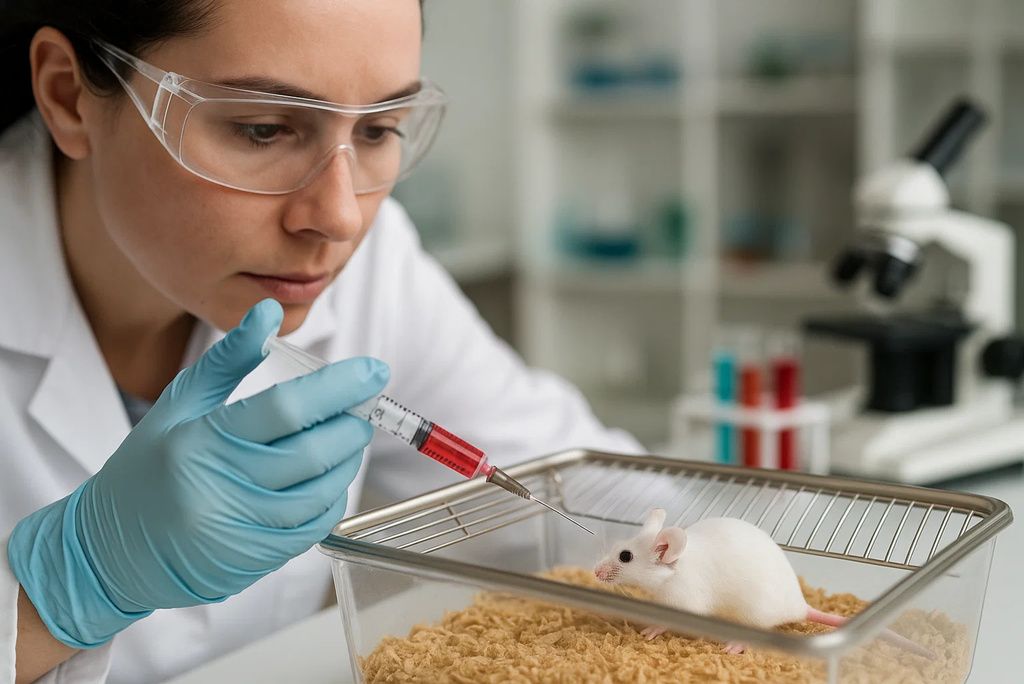
A cancer vaccine developed at Memorial Sloan Kettering eliminated tumors in mouse models with 100% success. Unlike traditional immunotherapy, this approach primes the immune system to recognize and attack specific tumor markers. While animal results don’t guarantee human success, this strategy could combine with existing treatments to enhance survival rates and reduce cancer recurrence. (source)
10. Microbiome Editing Treats Severe Allergies
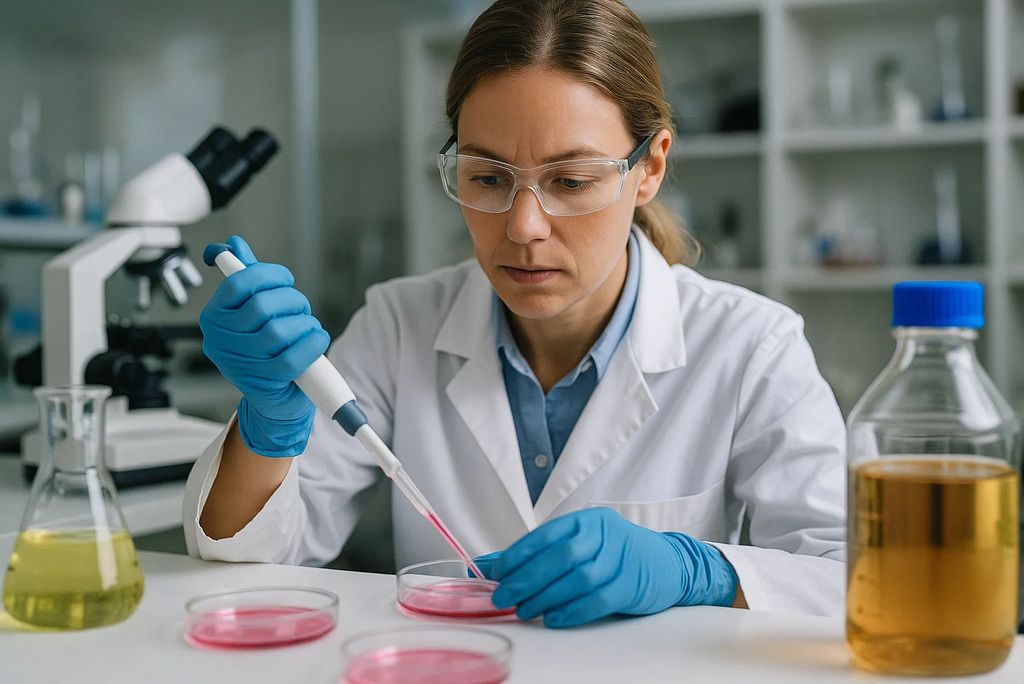
A 2025 study in Cell revealed that precisely editing gut bacteria can prevent life-threatening allergic responses in mice. By reintroducing specific microbial species lost in early childhood, researchers effectively “retrained” the immune system. This opens new doors for treating food allergies and autoimmune disorders with targeted microbiome therapies instead of lifelong avoidance or immunosuppressing drugs. (source)
11. Quantum Sensors Detect Brain Activity Without Contact
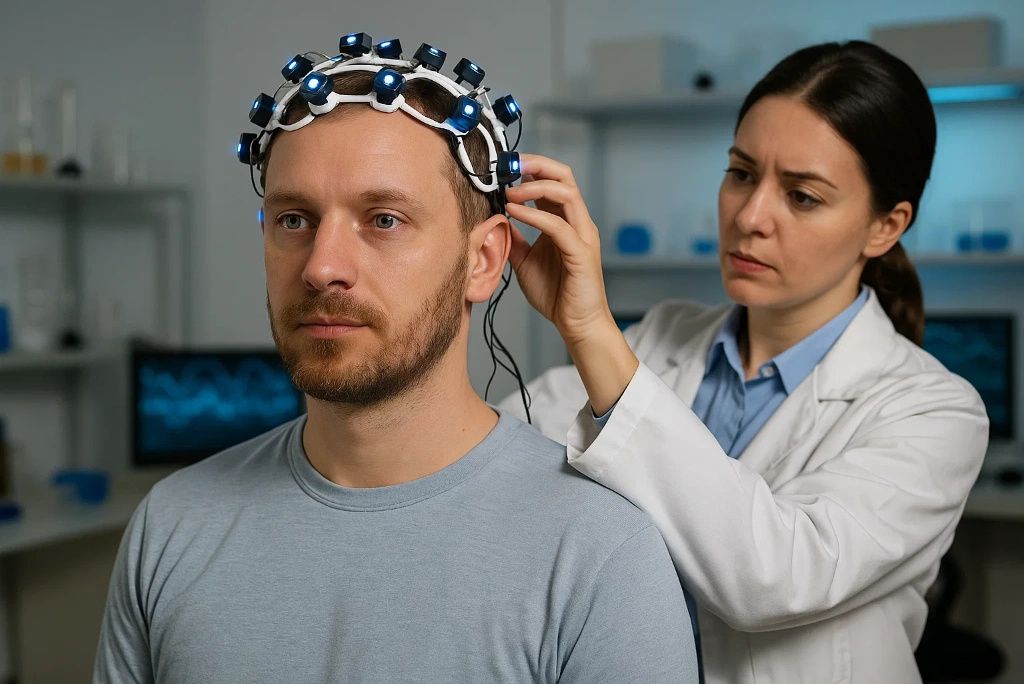
Physicists at the University of Sussex have developed quantum sensors that can read neural activity without physical electrodes. These ultra-sensitive devices could revolutionize brain-computer interfaces and neurological diagnostics by providing real-time, non-invasive monitoring. This technology is being compared to the leap from wired to wireless communication in terms of accessibility and scalability. (source)
12. Planet Discovered That Could Support Life

NASA’s James Webb Space Telescope recently detected an exoplanet with strong signs of liquid water and possible atmospheric biosignatures. This remarkable discovery further boosts the search for extraterrestrial life, as the planet lies securely within its star’s habitable zone and shows chemical signatures like methane, carbon dioxide, and potentially other gases. It’s a potential game-changer for modern astrobiology, planetary science, and long-term space exploration strategies, sparking global excitement and research. (source)
13. Bioengineered Blood Vessels Now Fully Functional
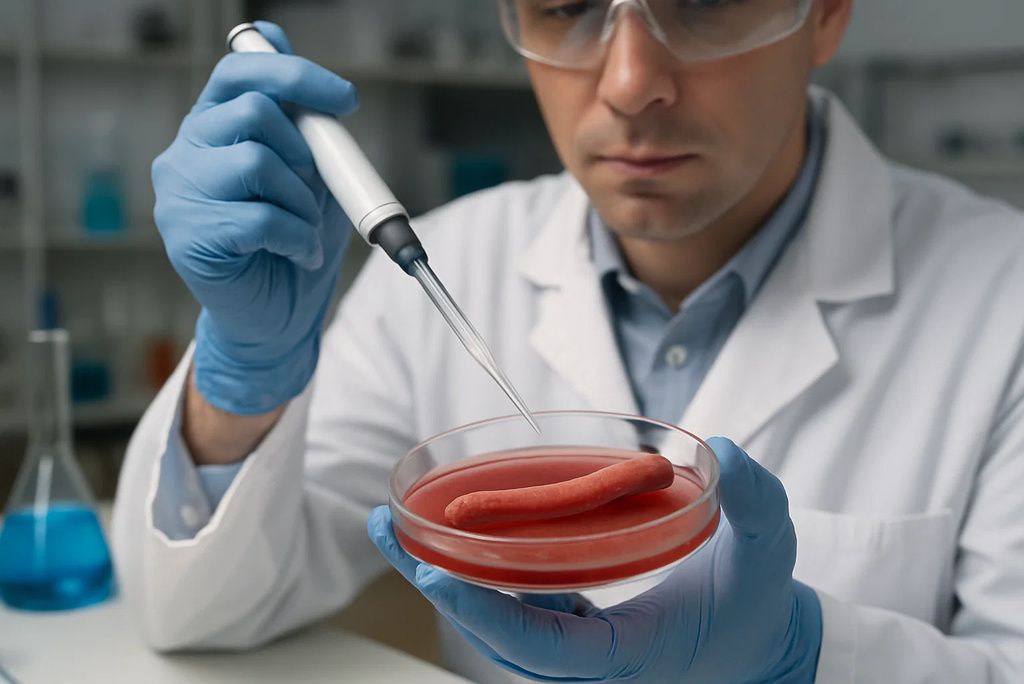
Researchers have successfully created bioengineered blood vessels that fully integrate seamlessly into the human circulatory system. These advanced vessels can also grow naturally with the patient, offering durable, long-term solutions for children living with congenital heart defects. This overcomes a major challenge of current grafts, which often require repeated surgeries as children physically develop, reducing overall healthcare burdens significantly. (source)
14. Breakthrough in Carbon Capture Efficiency
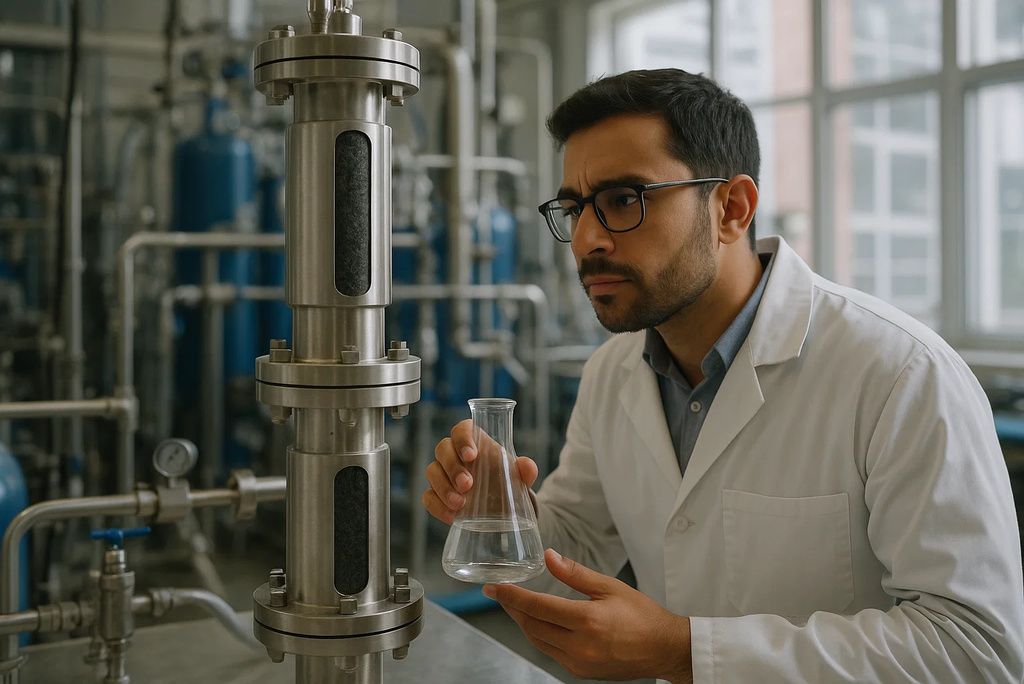
Scientists at the University of Toronto have successfully developed a groundbreaking new catalyst that makes carbon capture from the air nearly 10 times more efficient. This breakthrough could finally make large-scale CO₂ removal both economically viable and logistically feasible, critical for effectively slowing down global climate change. The process is also significantly less energy-intensive than traditional carbon capture methods, making it a promising contender for ambitious global decarbonization strategies. (source)
15. New AI Model Accurately Predicts Earthquakes
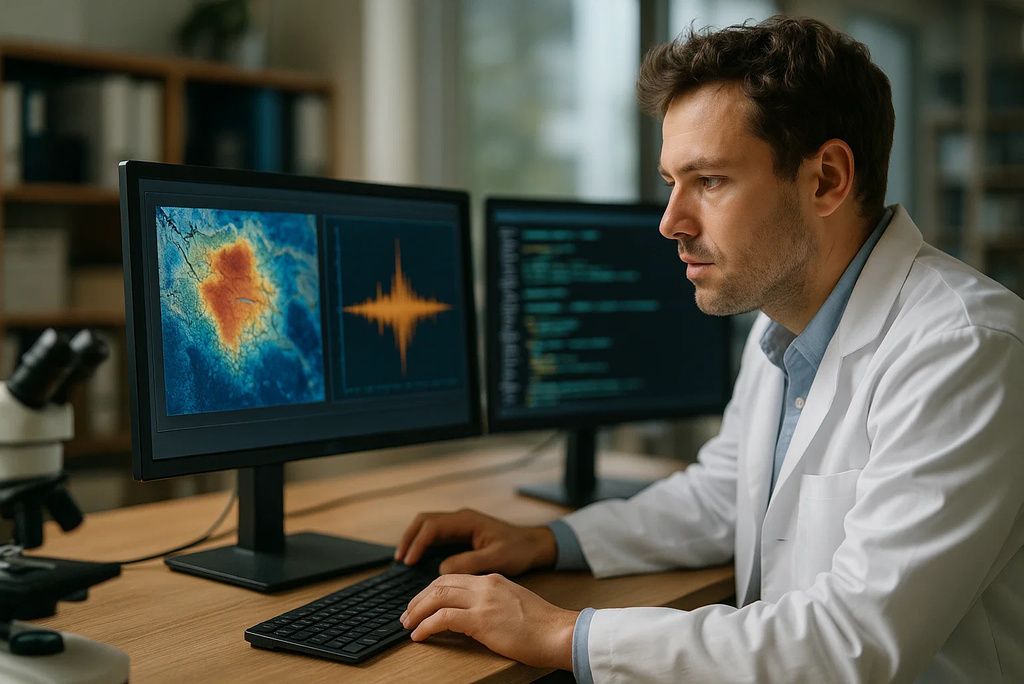
An advanced AI system trained extensively on global seismic data has successfully predicted several major earthquakes with unprecedented and remarkable accuracy in test simulations. If validated, this innovative tool could revolutionize modern disaster preparedness, giving vulnerable communities more precious time to evacuate and reduce casualties. While it’s not completely foolproof, this represents an exciting major step toward predictive seismology and improved public safety worldwide. (source)
Disclaimer: This article is for informational purposes only and should not be considered medical or professional advice. Always consult qualified experts for health, financial, or scientific guidance.

